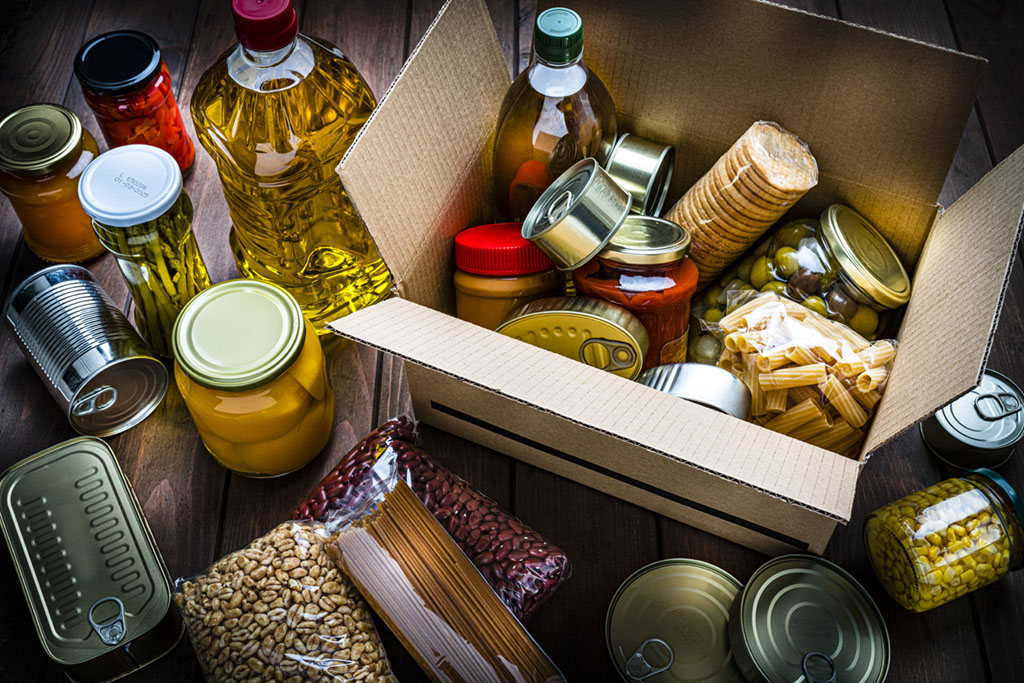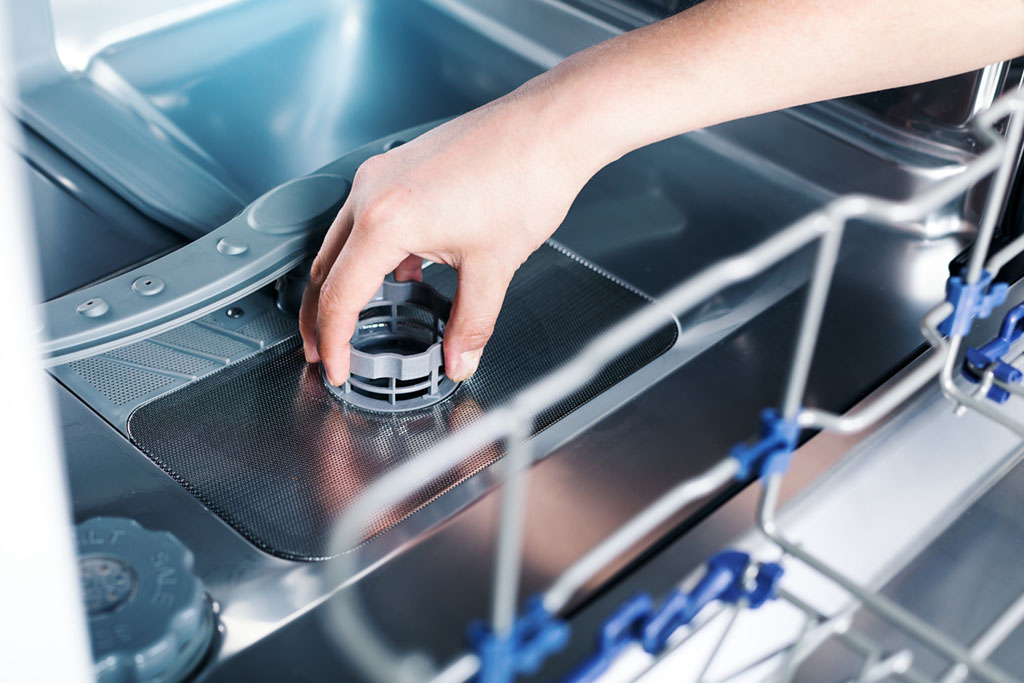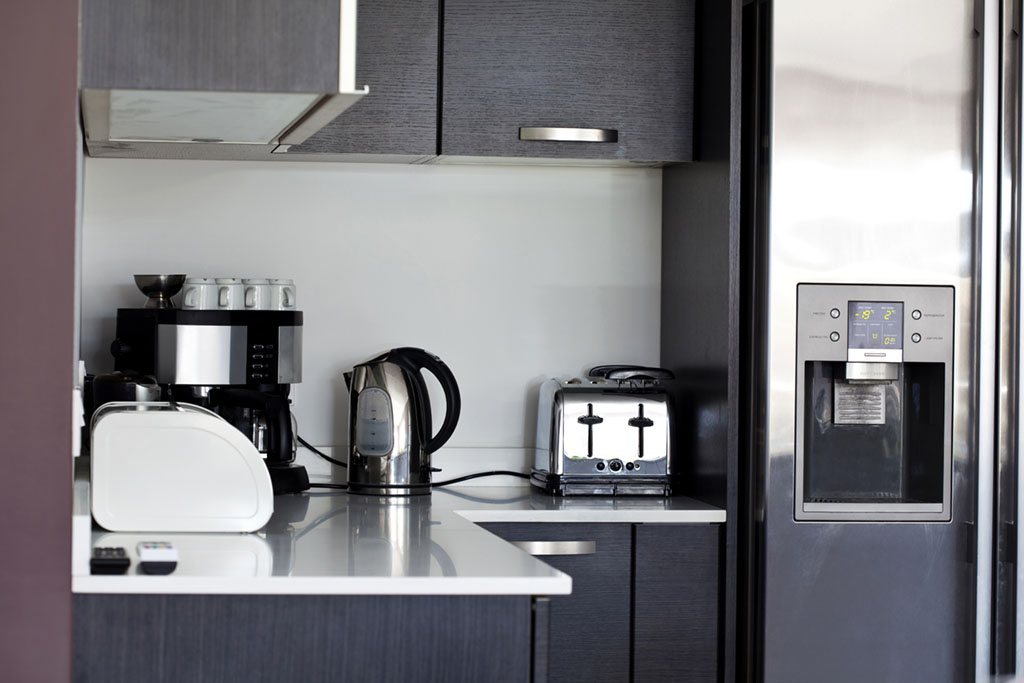Array
(
[0] => Array
(
[item_type] => phone
[content] => Array
(
[label] =>
[number] => 7206901524
[extension] =>
)
)
[1] => Array
(
[item_type] => email
[content] => Array
(
[label] => Email
[email_address] => vanessa@denveragent.com
)
)
[2] => Array
(
[item_type] => website
[content] => Array
(
[label] =>
[value] => www.denveragent.com
)
)
[3] => Array
(
[item_type] => website
[content] => Array
(
[label] =>
[value] => Instagram.com/VanessaMcclanahan
)
)
[4] => Array
(
[item_type] => website
[content] => Array
(
[label] =>
[value] => Facebook.com/VMHomesbyVanessa
)
)
[5] => Array
(
[item_type] => address
[content] => Array
(
[label] => Office
[addressee] => Madison & Co Properties
[address1] => 201 Milwaukee St
[address2] => Ste G
[city] => Denver
[state] => CO
[zip] => 80206
)
)
)
?>
More than any other season, winter is when you’re likely to experience power outages—and they can be costly, both financially and emotionally. Last February, for example, a massive storm hit North America, affecting states from coast to coast, including the South. Half the country was under weather warnings at one point, and the storm created hundreds of billions of dollars in damage.
That marked an extreme example of winter’s wrath, of course. But it’s a reminder that a winter weather emergency can strike just about anywhere—so it’s well worth being prepared for the worst. Make sure your household is as safe as possible this season by implementing these strategies.
Food and drink

Food
If you lose power, there’s no telling when it may be restored, especially during the dead of winter. So you should make sure that you always have a stockpile of nonperishable foods, especially those that don’t need to be heated.
Your best options are ready-to-eat canned or boxed foods; if you’re stocking up on the former, you’ll also want to make sure you have a manual can opener handy. Once these items are opened, make sure to seal them tight to keep any remaining food fresh. And keep in mind that you can access your refrigerator for food items, but, for safety, you must be extra careful that your fridge’s internal temperature doesn’t go above 40 degrees.
Water
It’s even more critical to have drinkable water on hand. You may be able to get some hot water out of your pipes, but that won’t last long with the power out. Cold water will keep you hydrated, but it won’t help your internal temperature if the house is already cold. The CDC recommends that you keep at least three days’ worth of store-bought bottled water—one gallon per household member per day—stored in a cool, dry place for drinking and sanitation.
Other Items
In addition to food and water, consider people in your household who may need special care, such as babies, those with allergies or diabetes, and the elderly. They may be at higher risk for medical problems during an outage, so you want to make sure you can accommodate their dietary needs without using a stove, oven, or microwave.
Finally, don’t forget your pets. Always have bags or cans of pet food stocked during the winter, as you don’t want to feed them human food.
Warmth

Now that you have enough food and drink to get by, you need to consider your climate. If you’re in a part of the country that has or is at risk of cold winters, losing power can be a big problem because your home’s heat can quickly get sapped. However, there are simple things you can do to keep everyone warm.
The basics
Fortunately, certain heat sources, such as blankets, are often readily available; you just need to always have them handy. Matches are also a must, of course, but candles can be a fire hazard, so only use them if necessary and don’t leave them unattended. If you have a wood-burning fireplace or stove, move an ample supply of wood closer to the house for easy access. Your properly vented hearth can provide heat and serve as an emergency cooking apparatus.
Finally, be intentional with your clothing. Consider using layers of coats and blankets, and wear thick socks, gloves, and head coverings, as extremities usually get cold the quickest. In addition, the CDC recommends monitoring elderly people with a thermometer in an emergency since their heat-regulation process may not allow them to feel how cold it is.
Beyond the basics
Yes, they may be a bit expensive and are certainly quite heavy, but generators are increasingly a go-to piece of equipment for many families, as they provide power to the home for a limited amount of time. After you purchase a generator, you need to learn how to use it safely and where to station it outside so that you’re ready to use it in an emergency. And if it’s gas-powered, ensure that you have plenty of gasoline on hand.
Speaking of gasoline, trekking outside to your vehicle can be a temporary solution for the cold, so try to keep your gas tank full in winter. Make sure to check that the exhaust pipe isn’t clogged first, and then warm up the car in your driveway (not in your garage) until the temperature gauge is between hot and cold and warm air is streaming out of the vents.
Other considerations

Being prepared for a winter storm usually means thinking outside the box, especially when it comes to everyday items that we often don’t give a second thought to.
Lights and batteries
Light may not keep your family warm, but it can help them feel secure. Perhaps more important, it will prevent people from hurting themselves by stumbling around in the dark. So keep one handheld light source, such as a flashlight or battery-operated lantern, per person at the ready. Also keep a stash of fresh batteries for these items, as well as other devices like portable radios and carbon monoxide detectors.
Medicine and aid
If you or a loved one has a medical condition, it can be disastrous if you get hit with a storm while your medication supply is low. Once the new year begins, get into the habit of making sure all prescriptions are filled instead of waiting until they are low. And be sure that you have a first-aid kit stocked and handy.
Communication
Being able to reach out to others can be vital during a winter emergency. Create a list of emergency contacts, and keep a paper version of it on hand. Just as important, sign up for emergency alerts from a weather service and your energy company so you know when bad weather is coming and when you can expect power back. Finally, to keep that communication channel open, consider purchasing a portable phone charger, which will keep your phones charged for longer without needing an outlet.
Pipe protection
It’s vital to protect people from a winter emergency, but don’t forget to prepare your house too. In many places the temperature can dip below freezing indoors if the power is out for an extended period. If you haven’t already, turn off your outside water, and make sure your pipes are protected with slip-on foam insulation to prevent them from freezing and possibly bursting.
When the power goes out, the basics for survival become top priority, especially during winter. By thinking it through and planning, you can rest assured knowing that your household will be safe and sound.
To learn more, visit www.cdc.gov/disasters/winter





























